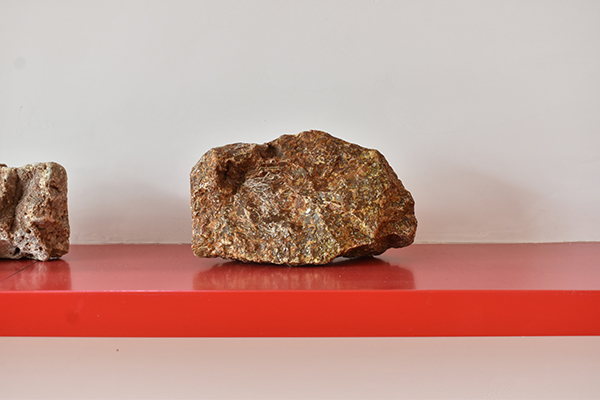The standard name of magnesia is sintered magnesia. GB/T 2273-1998 combines the two national standards of "magnesia" and "high quality magnesia" into one standard "sintered magnesia". Sintered magnesia is calcined at high temperature from magnesite, brucite or magnesium hydroxide extracted from seawater. The price of fused magnesia is strong against hydration. When magnesite is calcined at 700-950 ℃, CO2 is released. The resulting magnesite is a soft porous and loose substance and cannot be used for refractory materials; magnesite calcined at 1550-1600 ℃ is so-called burnt magnesia called sintering Magnesia. The burnt magnesia burned with natural magnesite as raw material is called sintered magnesia with high temperature equipment such as shaft kiln, rotary kiln and other high-temperature equipment. The sintered magnesia is divided into 18 numbers according to its physical and chemical indicators. See the national standard GB/T 2273-1998 for details. The molten magnesia formed by smelting magnesite as raw materials in an electric arc furnace to a molten state is called fused magnesia; the magnesia produced by extracting magnesia from seawater is called seawater magnesia. Magnesia is one of the most important raw materials for refractory materials, and is used to manufacture various magnesia bricks, magnesia alumina bricks, ramming materials, and repairing materials. Containing more impurities, it is used to pave the bottom of steelmaking furnaces, etc. Light burnt magnesia powder manufacturer
High-purity magnesia is made by flotation and purification of natural super magnesite ore, which is lightly burned, finely ground, pressed ball, and calcined in ultra-high temperature oil shaft kiln. It is a high-quality raw material for making bricks and indeterminate refractories.
The mid-grade magnesia is produced from light-burned magnesia with 97% MgO content as raw material, and is produced by processes such as ball pressing and high-temperature shaft kiln calcination. With good sintering degree and dense crystals, it is a high-quality raw material for the production of mid-range magnesia refractory products.
Fused magnesia is made by fusing selected special A-grade natural magnesite or high-purity light-burned magnesia particles in an electric arc furnace. This material has high purity, large crystal grains, compact structure, strong slag resistance, and good thermal shock stability. It is an excellent high-temperature electrical insulation material and is also important for making high-grade magnesia bricks, magnesia carbon bricks and unshaped refractory materials. raw material.
